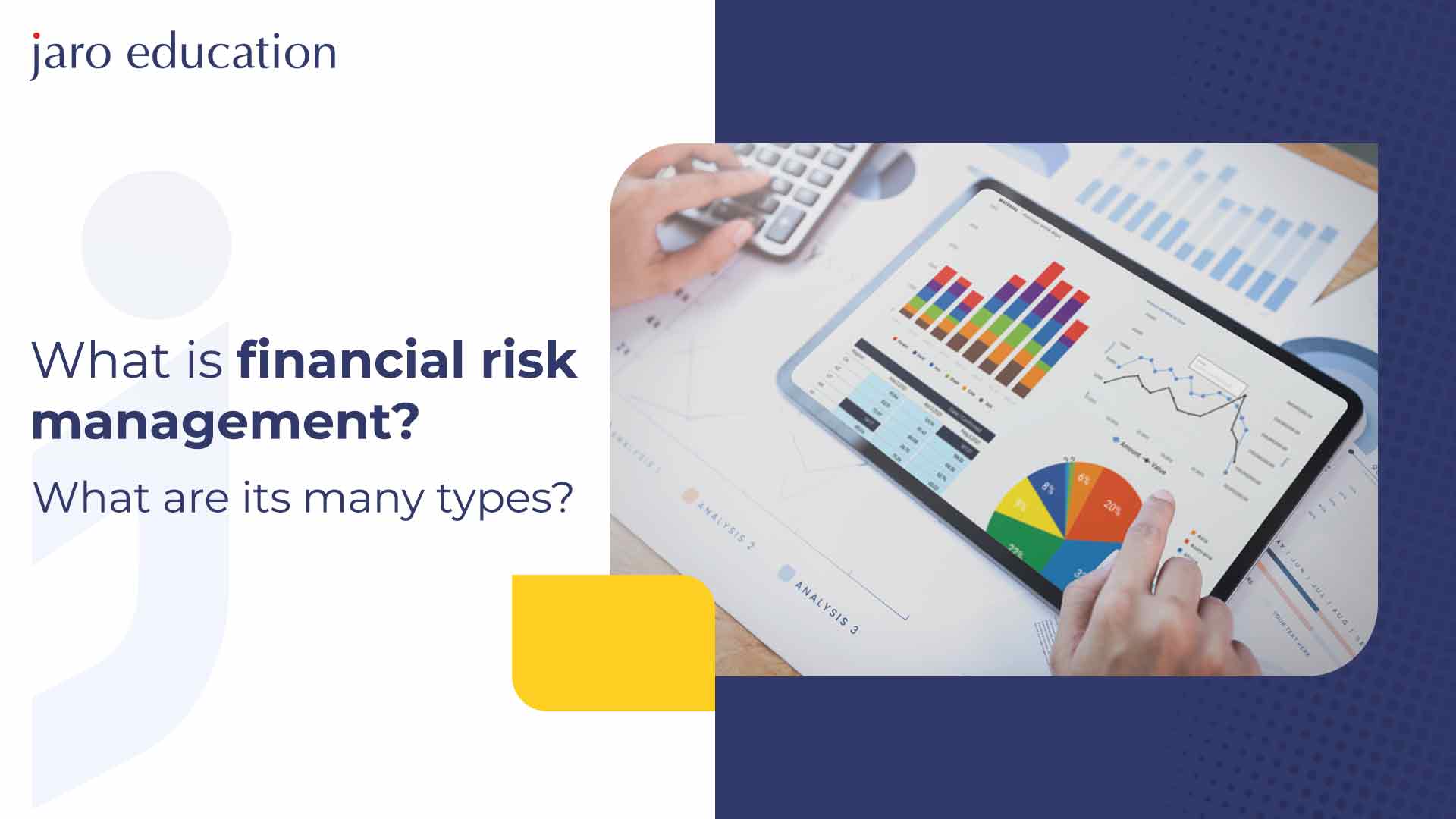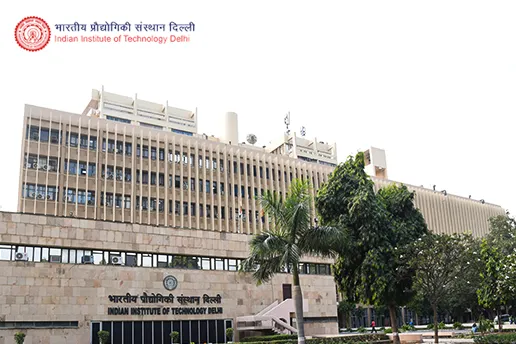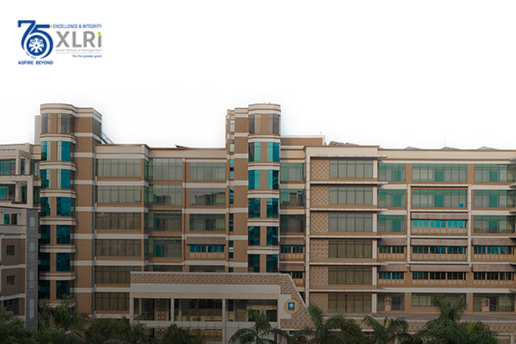Financial risk management is the practice of identifying, assessing, and managing risk in order to protect the financial well-being of an organization. It encompasses a wide range of activities, including risk assessment, risk mitigation, and risk monitoring.
Organisations face a variety of risks, including market risk, credit risk, operational risk, and liquidity risk. Financial risk management is a process of identifying and managing these risks in order to protect the organization’s financial health.
The goal of financial risk management is to ensure that an organization has the resources it needs to meet its financial obligations while minimising the impact of risk on its financial performance.
There are a number of different approaches to financial risk management, but all share the common goal of protecting the organization’s financial health. Some of the most common risk management techniques include hedging, diversification, and insurance.
The Post Graduate Certificate Programme in Financial Management from IIM Tiruchirappalli is one of the best fintech courses in India for you to manage financial risk. The programme covers all the aspects of financial risk management in India and provides you with the skills and knowledge required to manage risk in a corporate setting. This fintech course is designed to help you understand the financial risks involved in different businesses and industries and how to mitigate these risks. The programme will also help you develop a sound understanding of the financial markets and the various instruments used to manage risk.
Before recommending investment plans, finance managers must take into consideration a variety of risks, some of which are covered in-depth. We will delve deeper into them in this blog post and see how the programme at IIM Tiruchirappalli will enable you to advance your career.
Financial Risk Management #1: Operational Risk
The Basel II framework defines operational risk as the risk of indirect or direct loss brought on by internal people, systems, processes, or external events that are ineffective or fail. It also incorporates additional risk categories, such as physical hazards, legal risks, fraud risks, and environmental risks (major power failures, infrastructure shutdown etc.). Operational hazards, in contrast to other forms of risk, are neither revenue-driven, intentional, or fully avoidable. The risk continues as long as the people, systems, and processes are flawed and ineffective.
Operational hazards can be controlled to remain within acceptable risk tolerance levels, though, in the context of financial risk management. By weighing the benefits of suggested upgrades against their costs, this is accomplished.
Financial Risk Management #2: Foreign Exchange Risk
Other names for foreign exchange risk are currency risk, FX risk, and exchange rate risk. It is incurred whenever a monetary transaction is carried out in a different currency than the one used by the business for operations, which is frequently its home currency. Unfavourable fluctuations in the exchange rate between both the operating currency and the transactional currency cause the risk to materialise.
Economic risk, also known as forecast risk, is a component of foreign exchange risk and refers to the extent to which unanticipated exchange-rate movements have an impact on an organization’s product or market value. Businesses that have diversified into international markets or whose commerce is heavily dependent on the import and export of goods are more vulnerable to foreign exchange risk.
Financial Risk Management #3: Credit Risk
The possibility that a client or borrower would miss a payment or fail on a debt is known as credit risk. When determining the amount of the credit risk associated with borrowed money, additional considerations beyond the loss of principal, such as the loss of interest, rising collection fees, etc., must be taken into account. Yield Spreads are a tool used by financial analysts to assess the extent of credit risk in a market.
An easy technique to reduce credit risk is to do a credit check on a potential customer or borrower. Other options include buying insurance, using assets as collateral, or having a third party guarantee the debt. Companies may employ strategies like asking for upfront payments, accepting payment only after the goods have been delivered, or withholding credit lines until they have built a relationship with a client in order to reduce the credit risk associated with late payments from clients.
Financial Risk Management #4: Reputational Risk
The loss of social capital, market share, or financial capital resulting from harm to an organization’s reputation is referred to as reputational risk, also known as reputation risk. Given that reputation is an intangible asset, reputation risk is particularly challenging to foresee or financially realise. However, it is inextricably linked to corporate trust, which is the cause of how financially detrimental reputation harm can be to an organisation. Examples of things that can harm a company’s reputation include criminal investigations into the organisation or its top executives, ethical transgressions, a lack of sustainability policies, or problems with the safety and security of the product, the client, or the staff.
Over to you:
In conclusion, financial risk management is a process that helps organizations identify, assess, and manage risks that could potentially impact their financial stability. While there is no one-size-fits-all approach to risk management, there are certain best practices that all organizations should follow, such as developing a risk management policy, establishing risk appetite, and performing regular risk assessments. By implementing these best practices, organizations can improve their ability to identify and manage risks and, ultimately, protect their financial interests.
Visit Jaro Education, India’s most reputable online higher education provider and a forerunner in the Executive Education field, to learn more. The organisation provides executive education programmes that are tailored to the needs of working professionals and entrepreneurs at all levels, from entry-level to C-Suite, in every sector and industry.






